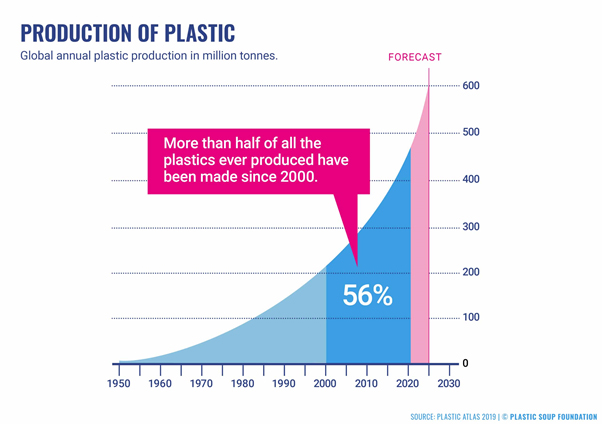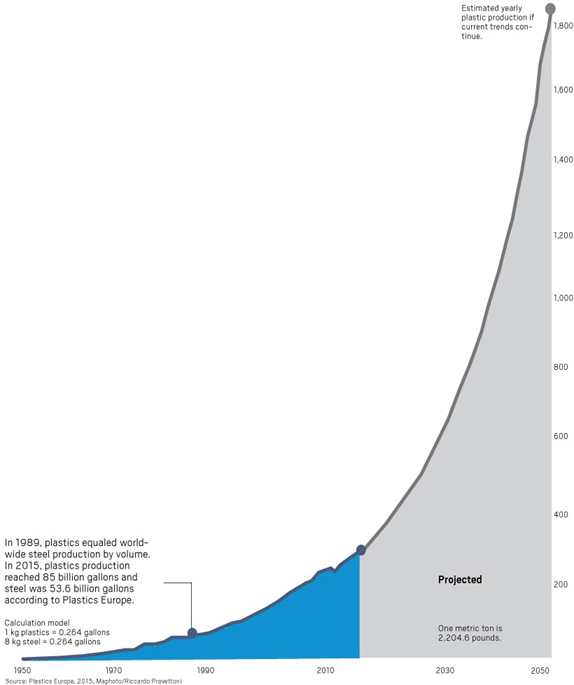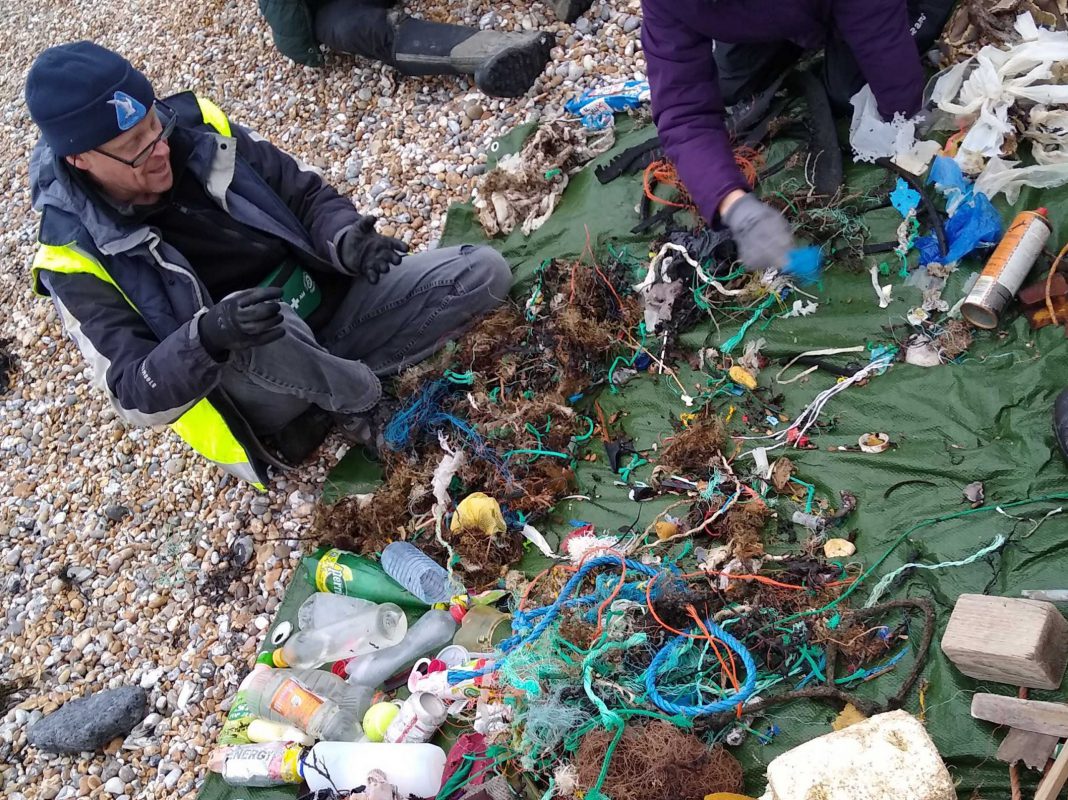Not all recent international news has been bad.
On March 2, the United Nations Environment Assembly (UNEA), meeting in Nairobi, adopted a resolution detailing what to do about plastic pollution. It calls for two years of negotiations toward a comprehensive, international treaty on the full life cycle of plastics, including its production, design and disposal. Delegates from 175 countries endorsed an agreement that will culminate in a draft global legally binding agreement by the end of 2024.
Against the backdrop of geopolitical turmoil, the UNEA showed multilateral cooperation at its best. In parallel to negotiations over an international binding agreement, the United Nations Environment Programme (UNEP) will work with any willing government and business to shift away from single-use plastics, as well as to mobilise private finance and remove barriers to investments in research and in a new circular economy.
Andy Dinsdale, CEO of Strandliners, was part of the first global meetings early last year as part of the UNEA consultations. Andy has been actively collecting data on marine pollution, with particular focus on plastics, for more than 15 years. Andy says: ‘if we want to stop plastic pollution, we need to know what it is and where it comes from. By creating a data-rich picture of environmental pollution, we can begin to put the steps in place to stop it’.
Plastic production soared from 2 million tonnes in 1950 tonnes to 400 million tonnes last year, and that figure is set to double by 2040, and triple by 2050.

Less than 10% of plastic that has been produced is being recycled, with 76% discarded into landfills.
The fight against plastic pollution aims to reduce plastic going into the oceans by 80% by the end of the year 2040 and create 700,000 jobs by that time.

Some 11 million tonnes of plastic waste flow annually into oceans. More than 800 marine and coastal species are affected by this pollution through ingestion, entanglement, and other dangers. Exposure to plastics can harm human health, potentially affecting fertility, hormonal, metabolic and neurological activity, and open burning of plastics contributes to air pollution. Without any action, by 2050 greenhouse gas emissions associated with plastic production, use and disposal would account for 15 per cent of allowed emissions.
In 2020, fifteen volunteers from Strandliners signed up to the UN Environmental Programme’s 12 week postgraduate-level study programme into marine litter.
Strandliners is going from strength to strength in empowering communities to understand and act on reducing and eliminating plastic and other toxic waste from our waterways and beaches.
If you wish to contribute, participate or just find out more, please get in touch: https://strandliners.org/.
Image Credits: Dominic Manning .



